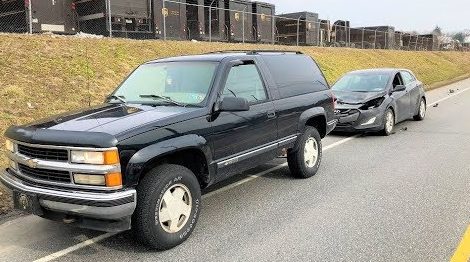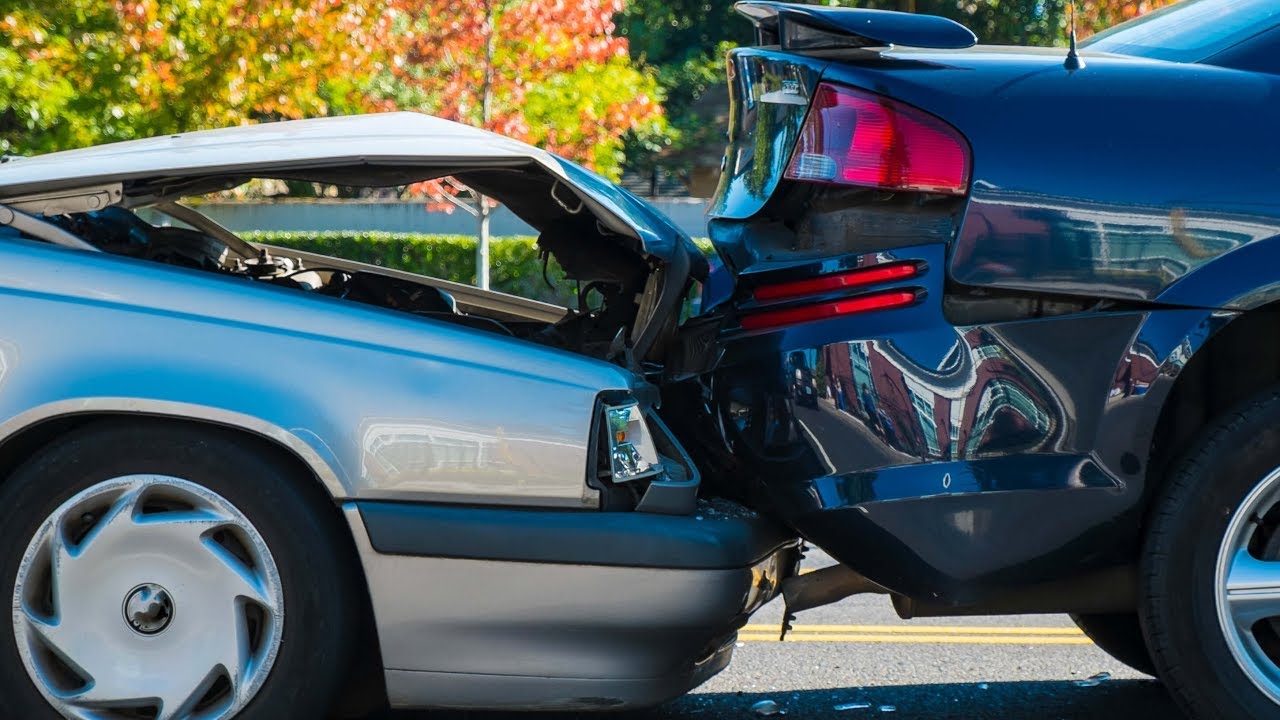Driving on Texas roads brings its fair share of risks, with over 76% of accidents occurring in urban areas statewide. While knowing how to respond in the aftermath of a collision is crucial, certain preconceptions about liability can deter parties from reaching equitable solutions.
A common assumption is that the rear driver is always at fault in rear-end crashes. However, fault depends on the specific circumstances. For instance, if the lead driver stops suddenly without cause, changes lanes erratically, or has a mechanical failure, the trailing driver may not be negligent even if they make contact. Additionally, if the lead driver backs into the trailing vehicle, the rear driver is very unlikely to be deemed liable.
Given the complexity of ascribing blame in auto accidents, it is wise to gather perspectives from all involved parties and resist jumping to conclusions. Reviewing the sequence of events, traffic patterns, vehicle movements, and other contextual factors allows for a more informed determination of liability. An unbiased assessment focusing on factual evidence rather than assumptions or emotions is key.
By taking the time to thoroughly yet objectively analyze the intricacies of any car crash, citizens can reach fair and equitable outcomes. Rushing to judgment often overlooks important details that may implicate or exonerate drivers assumed to be at fault. Patience and impartiality pave the road to justice.
Failure to Yield
Contents
When two vehicles collide in an intersection, determining fault often hinges on which driver had the right-of-way. Generally speaking, the motorist who fails to yield to oncoming traffic that has the right-of-way may bear responsibility for the crash.
For example, if you are driving down a residential street and another vehicle pulls out of a driveway, the driver pulling out must yield to you, as you have the right-of-way on that roadway. If that driver fails to see you coming and turns into your path, causing a collision, they would likely be deemed at fault for failing to yield, even if they were hit from behind.
However, the right-of-way is situational. If you approach an intersection and a stop sign requires you to halt and yield to cross traffic, you must allow any approaching vehicles to clear the intersection before you proceed. Failure to do so means you neglected to yield when required and may be held liable if an accident occurs as a result. So even if you get struck from behind in that scenario, the other driver had the legal right-of-way, which could put you at least partially at fault.
In summary, liability often falls on whoever fails to properly yield their right-of-way at intersections governed by traffic signs, signals or conventions. So being struck from behind does not automatically absolve a driver of responsibility in a crash if they failed to surrender the right-of-way when legally required to do so. Determining fault requires examining which motorist had the legal priority to proceed and whether they executed that duty properly.
Cut Someone Off Or Merge Too Close
When merging or changing lanes, it is critical to be conscientious of other vehicles. Failing to properly check blind spots and mirrors can easily lead to cutting someone off or merging unsafely. This puts all motorists at undue risk.
In high-traffic areas especially, we must drive defensively and with care. Rushing merges often causes accidents. It is wise to gauge traffic flow, signaling early to allow other drivers time to adapt. Merging should be a cooperative process between motorists for everyone’s safety.
If a collision does occur, liability relies heavily on conditions and actions. If someone merges too closely in front of your vehicle, a lack of safe distance could put them at fault. However, whichever party was changing trajectory may hold a higher duty to yield. Investigators will have to parse circumstances carefully.
With attentiveness and patience, we can prevent such situations. We share the roads, so must uphold diligence to preserve that privilege smoothly and securely. By driving alertly and allowing each other proper space, we can merge safely.
Stop Short Or Fail To Preserve Speed
While being tailgated can be frustrating, tapping the brakes is generally not advisable. If the tailgater crashes into you, they would likely be found responsible. However, a jury may determine you hold some liability if they believe your braking was unnecessary and intended to instigate.
The best course is to avoid sudden braking or acceleration and allow the tailgater to pass when safe. If an accident still occurs, liability often falls on the following driver unless exceptional circumstances show otherwise. Focusing on safe driving practices better prevents collisions.

If you’re involved in a rear-end collision where the front driver stopped suddenly and unexpectedly, determining liability can be complex. A jury would reasonably consider all relevant circumstances when assessing if the trailing driver should bear responsibility. Relevant factors may include weather conditions, visibility, road hazards, traffic flow, and the condition and operation of vehicles.
A trailing driver is generally expected to maintain a safe distance to avoid collision. However, an abrupt, unforeseeable stop could reduce or eliminate the trailing driver’s liability by making collision unavoidable despite reasonable precautions.
While each case depends on its details, the law recognizes that trailing drivers cannot guarantee avoidance of sudden stops they cannot reasonably anticipate. Provided trailing drivers take sensible precautions like attentive driving and safe following distance, an abrupt stop scenario can reduce or prevent their liability. Determining responsibility in automobile collisions is seldom clear-cut. But when a sudden stop causes a rear-end crash without warning, common sense suggests considering constraints on the ability of the trailing driver to anticipate and avoid collision.
Tailgating and brake checking are unsafe driving behaviors that put all motorists at risk. Maintaining a safe following distance is essential for preventing collisions. While brake checking may not be specifically prohibited under Texas law, it does qualify as reckless driving. All drivers must operate their vehicles safely and prudently, avoiding aggressive actions that endanger others. Rather than retaliate, the wise response when confronted by a tailgater is to allow them to pass when feasible. Sharing the road responsibly is the best way to avoid escalating tense situations. With patience and forethought, we can make our highways safer for everyone.
Situations That Lead To A Rear End Collision
Rear-end accidents often stem from negligent driving. While the instinct may be to assign blame solely to the trailing driver, fault frequently lies with both parties.
Common causes include distraction and impairment. Texting, changing the radio station, and eating – activities that divert attention from the road – can prevent a driver from noticing traffic stopping ahead. Drunk, drowsy, and distracted driving also slow reaction time.
The lead driver may also contribute. Slamming on brakes unexpectedly, neglecting turn signals, stopping past the line at a light – such actions leave the following driver little time to react. Poor weather and visibility can make matters worse.
In Rear-end crashes, legal fault thus falls into a gray area. Trailing drivers should maintain safe following distance and attention. Lead drivers must drive prudently and signal properly. Rather than assumptions, thorough investigation determines accountability. Defensive and conscientious driving prevents these collisions in the first place. Understanding the nuances helps drivers better navigate fault after an incident occurs.
Deciding Who’s Liable
Typically, the driver who rear-ends another vehicle is considered liable since they failed to maintain proper control of their car or leave enough stopping distance. However, there are scenarios where the lead driver holds some responsibility too. For example, if they slammed on their brakes unexpectedly or were driving well under the speed limit, they may share in the blame.
The best course of action after any collision is to consult with an experienced accident attorney. They can fully investigate the specific circumstances, talk to witnesses, and make an informed assessment of liability. An attorney understands the complex legal standards that insurance companies and courts use to assign fault. Things like lighting conditions, road hazards, vehicle mechanical issues, and split-second reaction times all factor into these decisions.
Rather than making assumptions, work with a qualified lawyer to methodically build your case. They have the expertise to demonstrate where the negligence occurred and determine if multiple parties hold accountability. Let them negotiate skillfully on your behalf and fight for maximum compensation if injuries or vehicle damage result. Even for straightforward rear-end crashes, having sound legal advice ensures you protect your rights in seeking fair restitution.

